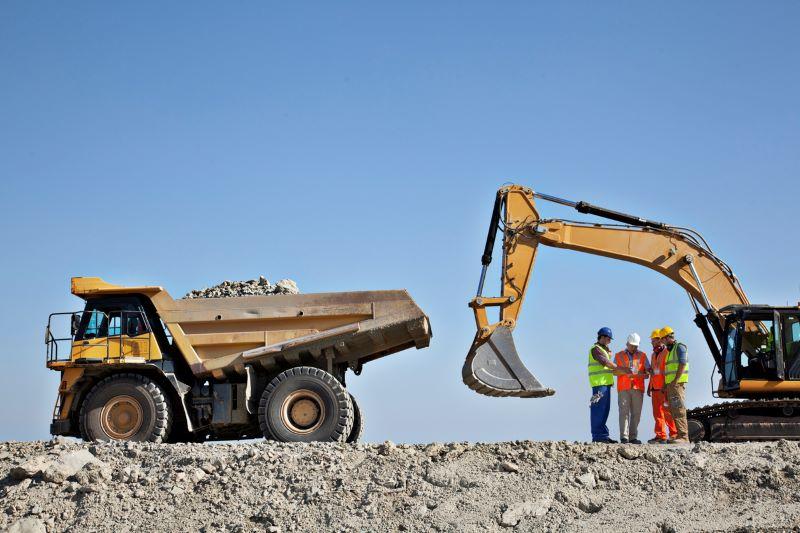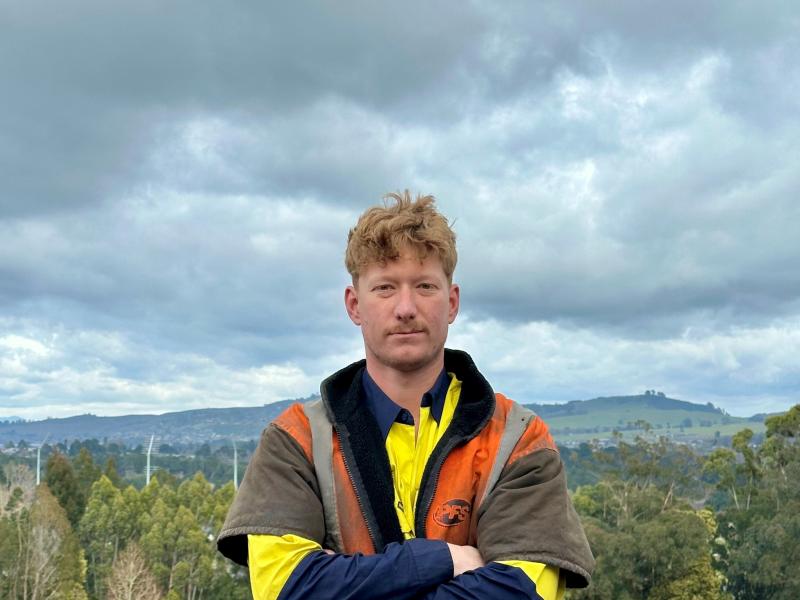Doubling mining’s export value to $2 billion over the next 10 years is a great goal, says Straterra chief executive, Josie Vidal.
"It is a relief to see the draft strategy announced by the Government today that will set clear, and hopefully enduring, policy to allow New Zealand to fully contribute to the global supply chain of minerals that are critical to development and economic growth," Vidal says.
"It will also be good to see the Government investing in updated geological modelling and resource potential by mapping our mineral resources. For too long there has been insufficient attention given to research and science to give a clear picture of exactly what is sitting under our feet.
"It has been said many times that there will be no energy transition without mined minerals. But that is just one area reliant on mining - technology, medicine, music, aviation, transport, food production, infrastructure, heating, housing, and almost every other aspect of life can be traced back to mined minerals.
"We can’t expect other countries to supply minerals New Zealand and the rest of the world needs, while we sit on mineral wealth but contribute nothing.
"Mining is a small but significant part of our economy and taking opportunities to grow it in a measured way doesn’t mean ‘mine and walk away’; it does mean a boost to an export-led economic recovery.
"Unfortunately, we have seen in the debate over the Fast-track Approvals Bill that there is little understanding of the environmental work done by mining companies, or of what mining on conservation land means.
"The conservation estate is one-third of New Zealand’s land and not every hectare has the same conservation value. Mining takes place on just 0.04 percent of that land, and we are not seeking to mine on National Parks or other land listed on Schedule 4 of the Crown Minerals Act. Applications to mine on conservation land are considered on a case-by-case basis, considering environmental measures.
"Consenting conditions require mining companies to restore sites when mining ends. New Zealand has some world leading examples of water treatment and environmental restoration work, leaving areas that can be enjoyed and shared by surrounding communities and visitors.
"Mining companies would not be able to work without the support of communities around them. That comes from understanding the high standards of employment, health and safety, and environmental management seen from mining companies every day.
"The biggest threats to our indigenous biodiversity are introduced pests and diseases and mining companies do extensive pest and predator control to protect the environment on mine sites. We have numerous examples of the environmental work on our website.
"This strategy will allow considered discussion to reassure people who aren’t aware of the role of responsible mining in their daily lives, as well as within the New Zealand economy."
Straterra is the industry association representing New Zealand’s minerals and mining sector.
Source: Straterra Inc






